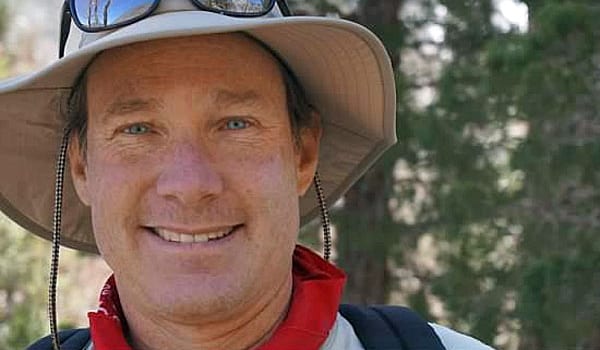Keeping Invasive Plants Out of Landscaping
Webinar replay from April 23, 2024
Presented by Doug Johnson
 Invasive plants can cause significant damage to native ecosystems, and horticulture has been a top pathway for introducing invasive plants. Now that we know more about the environmental risk, how can we make sure landscaping does not cause problems in the future? Numerous efforts are making progress on this front, many with explicit support from the green industry.
Invasive plants can cause significant damage to native ecosystems, and horticulture has been a top pathway for introducing invasive plants. Now that we know more about the environmental risk, how can we make sure landscaping does not cause problems in the future? Numerous efforts are making progress on this front, many with explicit support from the green industry.
 The PlantRight partnership in California has brought together stakeholders to reach consensus on plant species that can voluntarily avoided. Efforts in other states have pursued both voluntary and regulatory lists. To ensure that invasive plant lists are developed with appropriate scientific basis and transparency, state invasive plant councils have developed a standard process. Such lists can be used to support green building codes. In California, recent inclusion of Cal-IPC’s invasive plant list in water-efficient landscaping guidelines and green building code point out challenges inherent in bridging between our evolving ecological understanding and sensible landscaping rules and guidelines.
The PlantRight partnership in California has brought together stakeholders to reach consensus on plant species that can voluntarily avoided. Efforts in other states have pursued both voluntary and regulatory lists. To ensure that invasive plant lists are developed with appropriate scientific basis and transparency, state invasive plant councils have developed a standard process. Such lists can be used to support green building codes. In California, recent inclusion of Cal-IPC’s invasive plant list in water-efficient landscaping guidelines and green building code point out challenges inherent in bridging between our evolving ecological understanding and sensible landscaping rules and guidelines.
 Doug Johnson is Executive Director of the nonprofit California Invasive Plant Council. Along with overseeing Cal-IPC’s programs, he currently serves on the executive board for the National Association of Invasive Plant Councils, and was the first chairperson of California’s Invasive Species Advisory Committee. He holds an MA in Geography from San Francisco State University and an MS in Mechanical Engineering from Stanford University. As a leader in the land management community, Cal-IPC delivers science-based tools and trainings, facilitates implementation of landscape-level projects, and advocates for strong public policy. Current projects include screening potential future weeds, mapping giant reed across the Central Valley, and developing vulnerability indices for Sierra meadows and San Francisco Bay salt marshes. The 2016 Cal-IPC Symposium—the organization’s 25th—celebrates park stewardship in honor of the National Park Service Centennial.
Doug Johnson is Executive Director of the nonprofit California Invasive Plant Council. Along with overseeing Cal-IPC’s programs, he currently serves on the executive board for the National Association of Invasive Plant Councils, and was the first chairperson of California’s Invasive Species Advisory Committee. He holds an MA in Geography from San Francisco State University and an MS in Mechanical Engineering from Stanford University. As a leader in the land management community, Cal-IPC delivers science-based tools and trainings, facilitates implementation of landscape-level projects, and advocates for strong public policy. Current projects include screening potential future weeds, mapping giant reed across the Central Valley, and developing vulnerability indices for Sierra meadows and San Francisco Bay salt marshes. The 2016 Cal-IPC Symposium—the organization’s 25th—celebrates park stewardship in honor of the National Park Service Centennial.
Log in to your Membership account to watch the replay or become a member to gain access


